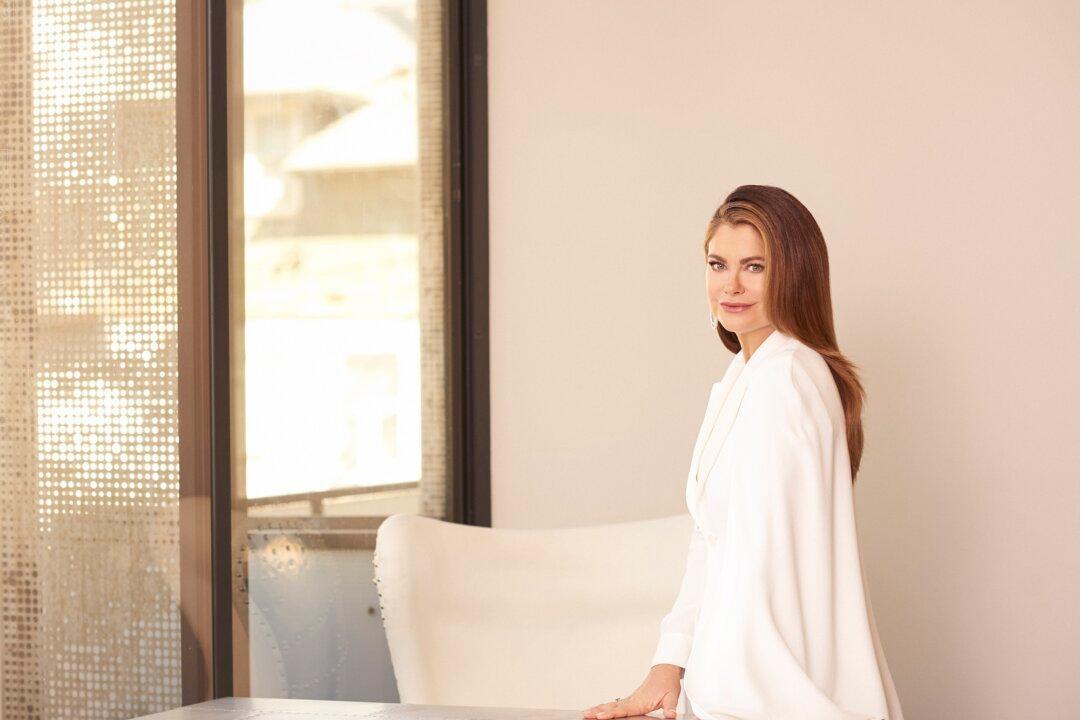New York City is rightly famous for its iconic museums. But there are far more, lesser-known museums to be visited and enjoyed, spread across all five boroughs and catering to all sorts of interests—including locks, math, skyscrapers, and historical figures such as Alexander Hamilton and Theodore Roosevelt.
In her new book “111 Museums in New York That You Must Not Miss” (Emons Publishers, $19.90), journalist Wendy Lubovich set out to visit more than 100 museums over the course of one year. Lubovich, who holds a Fine and Decorative Arts degree from Christie’s Education in London and gives customized museum tours, is truly a museum concierge who distills the delightful and the fascinating.
For her book, she started by making a list of all the museums she knew about and then talking to many people. “One discovery led to the next,” she said.
One of the most unique features she encountered was at Brooklyn’s Living Torah Museum, which encourages visitors to touch the objects: “You can hold in your hands a paper-thin 24-carat gold crown that is 2,500 years old. Or you can touch a silver coin dating back to the time of Alexander the Great. All of the pieces in the collection are described in the Torah or Bible. It’s history that’s hands-on.”






